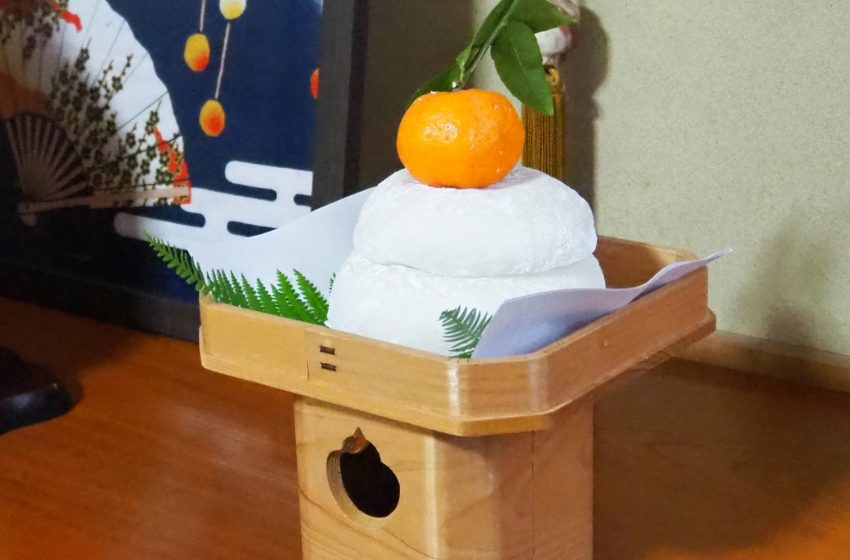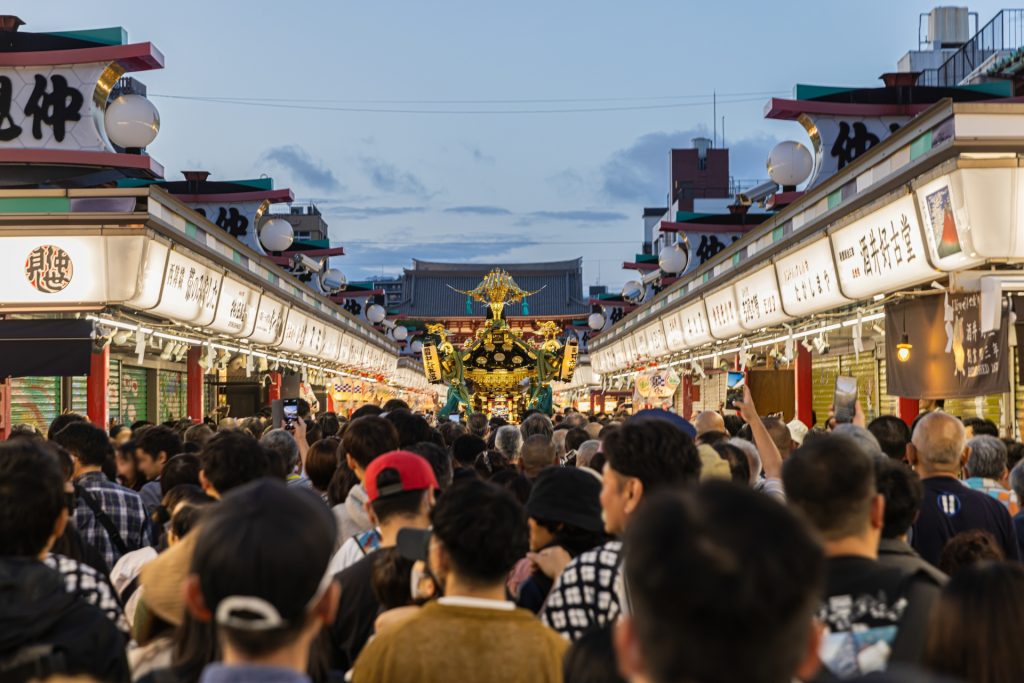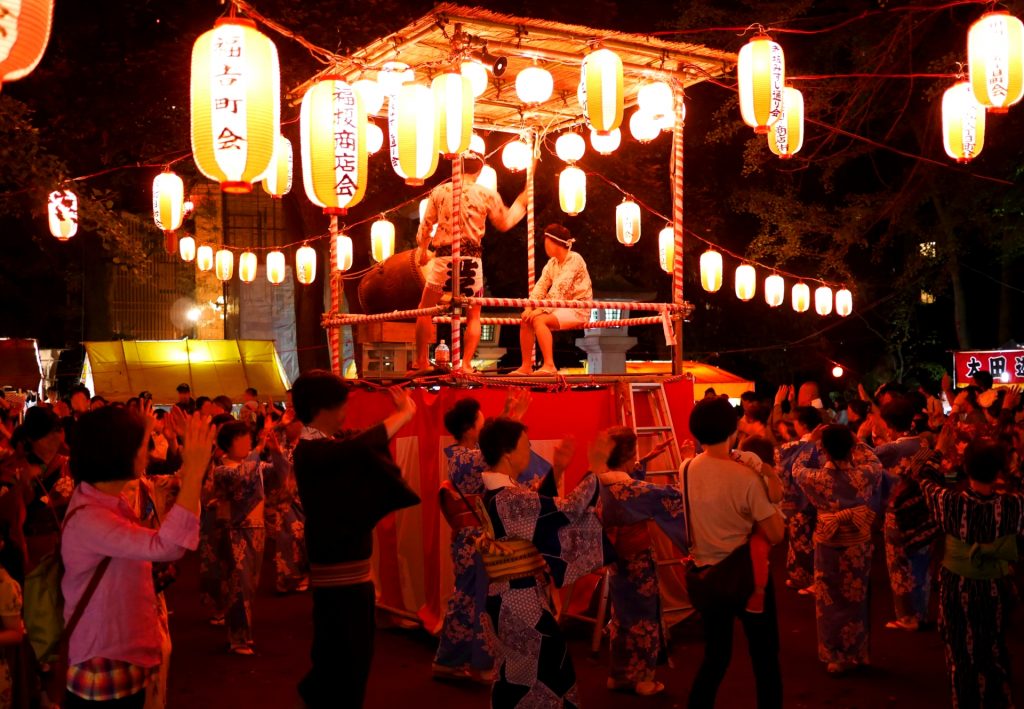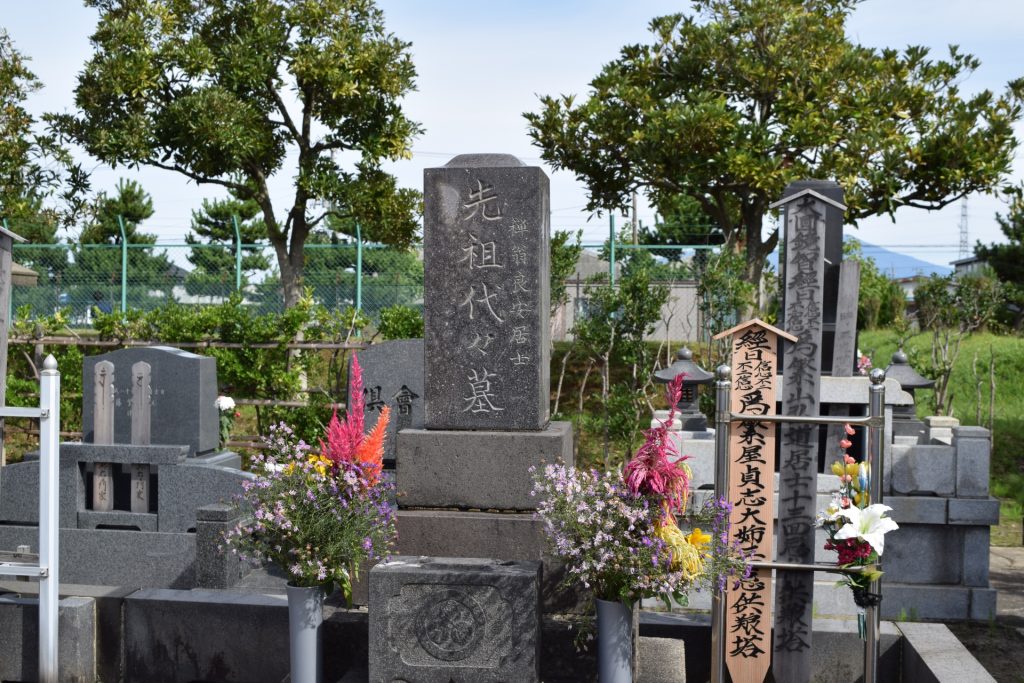
Kagami Mochi: The Symbolic Japanese New Year Decoration
Welcome, cultural explorers! As the New Year approaches in Japan, households and businesses across the country partake in a unique and traditional decoration known as “Kagami Mochi.” This simple yet profound cultural artifact is not just a decoration but a symbol of hope, renewal, and well-being. Let’s delve into the significance, components, and traditions surrounding Kagami Mochi.
Understanding Kagami Mochi
Kagami Mochi, literally translating to “mirror rice cake,” is a traditional Japanese New Year decoration. It typically consists of two round mochi (rice cakes), with the smaller one placed atop the larger one, and is usually crowned with a bitter orange (daidai). The mochi are a symbol of the coming year’s prosperity and continuity, while the daidai, whose name means “several generations,” symbolizes the wish for a long and happy family life.
The Symbolism Behind Kagami Mochi
The round shape of the mochi is said to represent the mirror of the gods, reflecting our hearts and souls, encouraging introspection and the purification of our spirits as we enter the New Year. The layered mochi also symbolize the accumulation of happiness and the continuation of family lineage. Kagami Mochi is a visual representation of our desires for a peaceful and prosperous future.
How Kagami Mochi is Made and Displayed
Traditionally, Kagami Mochi was made by pounding sweet rice into a sticky, malleable form, then shaping it into circular cakes. Today, pre-made Kagami Mochi can be purchased at stores, often wrapped in plastic and sometimes even featuring artificial decorations. Regardless of how it’s made, the mochi is usually placed on a stand called a “sanpo” and can be adorned with various other items like paper strips and ferns.
The decoration is typically placed in a household’s Shinto altar, or “kamidana,” or in other prominent areas like the tokonoma (alcove) or living room. It remains on display from the end of the year until “Kagami Biraki,” a day typically in January when the mochi is broken and eaten.
Kagami Biraki: Breaking and Eating the Mochi
“Kagami Biraki” translates to “opening the mirror” and is a ceremony where the mochi is broken and eaten, symbolizing the breaking of barriers and welcoming the gods’ spirit. The mochi is not cut with a knife, as cutting symbolizes severance, but rather is broken by hand or hammered to encourage harmony and good luck. The softened mochi is often used in a soup called “ozoni” or sweet zenzai.
Conclusion: A Delicious Representation of Hope
For anyone experiencing New Year in Japan, witnessing or participating in the Kagami Mochi tradition offers a deep insight into the cultural heart of the country. This simple yet profound practice encapsulates the Japanese spirit of respect, renewal, and continuity. As you witness the round mochi sitting quietly in homes and businesses, remember that they are more than just food; they are carriers of hope and harbingers of prosperity for the year to come.
Embrace the New Year with Kagami Mochi, and may your reflections lead to a year of happiness and health!




